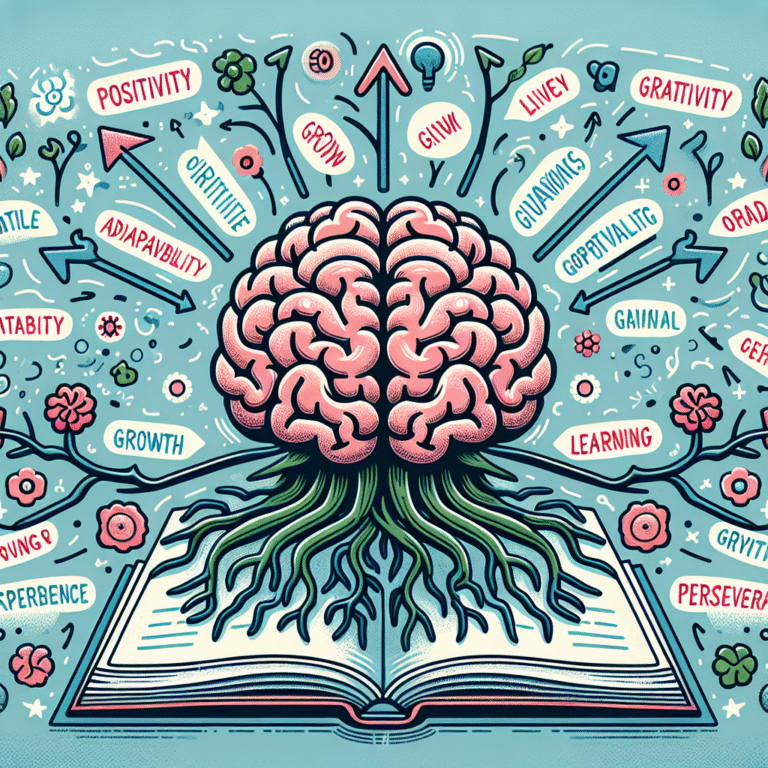
Introduction
Inclusive education is more than a teaching strategy; it’s a transformative philosophy that champions the rights of all students to thrive together in equitable learning environments. Despite its evident advantages, navigating challenges in inclusive education can often seem daunting. However, countless success stories serve as beacons of hope, illustrating that overcoming barriers is possible. This article explores these compelling narratives, offering valuable insights into how inclusive education can be successfully implemented, even in the face of adversity.
Understanding Inclusive Education
What is Inclusive Education?
Inclusive education refers to a teaching approach that aims to accommodate the diverse learning needs of all students. This includes those with disabilities, learning difficulties, and other unique challenges. By fostering an environment that values diversity and promotes acceptance, inclusive education not only enhances individual student outcomes but enriches the educational experience for everyone.
The Importance of Inclusive Education
The push for inclusive education emanates from the fundamental belief that every child deserves an opportunity to learn alongside their peers. Research has consistently demonstrated a myriad of benefits associated with inclusive educational settings, including:
- Improved Academic Performance: Studios illustrate that students in inclusive classrooms often outperform their peers in segregated settings.
- Social Skill Development: Engaging with a diverse group fosters empathy, collaboration, and communication skills.
- Enhanced Teacher Skills: Educators in inclusive classrooms develop a broader range of strategies to meet various needs, benefiting all students.
Navigating Common Challenges in Inclusive Education
Despite its potential, navigating challenges in inclusive education is an ongoing process. Below are some of the most common hurdles along with strategies for overcoming them.
1. Resistance to Change
The Challenge
Implementing inclusive practices may face resistance from educators, parents, and even students who are accustomed to traditional teaching methods.
The Solution
Successful schools encourage a culture of open dialogue. Training sessions and workshops can illuminate the benefits of inclusion, showcasing real-life success stories. For example, a case study from XYZ School shows how staff training significantly improved attitudes towards inclusive practices, enhancing student outcomes.
2. Insufficient Resources
The Challenge
Many educational institutions lack the necessary resources to support inclusive education, including specialized staff, training, and materials.
The Solution
Schools can partner with local organizations and community services to bolster support systems. For instance, ABC Academy collaborated with a local disability organization, resulting in shared resources that dramatically enriched their inclusive programs.
| Resource Type | Benefit | Example |
|---|---|---|
| Human Resources | Specialized support | Hiring a full-time inclusion specialist |
| Materials | Adaptive learning | Providing assistive technology |
| Training | Skill enhancement | Regular workshops for teachers |
3. Lack of Parental Involvement
The Challenge
Parental engagement is crucial for the success of inclusive education, yet many families feel overwhelmed or uninformed about the process.
The Solution
Effective communication channels and community engagement initiatives can foster robust parental involvement. A success story from DEF School illustrated how regular workshops and information sessions helped parents feel empowered and engaged in their children’s education.
Inspiring Success Stories in Inclusive Education
Case Study 1: Leading the Way at XYZ School
At XYZ School, educators embraced inclusive education and saw remarkable outcomes. The principal initiated staff training focused on differentiation strategies, enabling teachers to modify tasks according to individual needs. As a result:
- Increased Participation: Students began to show greater involvement in lessons.
- Improved Test Scores: Standardized test scores increased by 25% over three years.
Analysis
The transformation at XYZ School highlights the significance of professional development in fostering an inclusive culture. By equipping teachers with necessary skills, they became more adept at addressing various learning needs.
Case Study 2: ABC Academy’s Community Partnership
ABC Academy faced challenges with resources when implementing inclusive practices, but a partnership with a local disability organization allowed them to unlock access to valuable tools and training.
Results:
- 50% increase in students receiving tailored support.
- A noticeable boost in classroom morale and collaboration.
Analysis
This case emphasizes the importance of community involvement in overcoming financial and resource-related barriers. By working collaboratively, ABC Academy paved the way for successful inclusive practices.
Case Study 3: DEF School’s Parent Engagement Program
DEF School implemented a series of workshops aimed at informing and involving parents in the inclusive process. Parents learned about the benefits of inclusion and how to support their children at home.
Key Outcomes:
- 30% increase in parental attendance at school events.
- Stronger relationships between families and educators.
Analysis
Effective parental involvement is critical in the successful implementation of inclusive education. DEF School set a precedent by actively seeking to engage parents rather than viewing them as peripheral stakeholders.
The Role of Educators in Inclusive Education
Teachers are at the forefront of navigating challenges in inclusive education. Here are their key responsibilities:
1. Differentiation
Teachers must adapt their instructional methods to cater to diverse learning styles and abilities. Differentiation involves tailoring lessons, assessments, and curricular content to meet individual needs.
2. Collaboration
Collaborative teaching practices, such as co-teaching, allow educators to leverage each other’s strengths, providing comprehensive support to students.
3. Continuous Learning
Educators should engage in ongoing professional development to stay current with best practices and innovative strategies for inclusive education.
Navigating Challenges: Tools and Resources for Success
To effectively navigate challenges in inclusive education, several tools can be employed:
1. Technology Integration
Assistive technology can provide alternative means of communication and learning, making it an essential tool in inclusive settings.
2. Individualized Education Plans (IEPs)
IEPs provide tailored educational frameworks for students with specific needs, ensuring that all necessary accommodations are in place.
3. Professional Development
Regular professional development opportunities not only improve educators’ skills but also foster a culture of inclusion within the school community.
Conclusion
Navigating challenges in inclusive education is by no means simple, yet the successes of various educational institutions demonstrate it is indeed achievable. By leveraging community resources, prioritizing communication, and fostering a culture of collaboration, schools can create inclusive environments that support all students. Each success story serves as a reminder that the journey may be challenging, but the rewards of an inclusive education far outweigh the hurdles.
Motivational Takeaway
As we reflect on these success stories, let’s remember that every child has the right to learn in an inclusive environment. With perseverance and commitment, we can overcome any challenge, ensuring that every student can shine brightly in their educational journey.
FAQs
1. What is the primary goal of inclusive education?
The primary goal of inclusive education is to provide equitable access to quality education for all students, embracing diversity and fostering acceptance.
2. How can I promote inclusive practices in my classroom?
Start by learning about your students’ unique needs, utilizing adaptive teaching strategies, and collaborating with special education staff.
3. What resources are available for teachers implementing inclusive education?
Numerous resources exist, including professional development workshops, online courses, and collaborative networks among educators.
4. How can parents become involved in inclusive education?
Parents can participate in school workshops, volunteer for events, and engage in regular communication with teachers regarding their child’s needs.
5. What can schools do to improve their inclusive practices?
Schools can focus on training staff, developing strong community partnerships, and ensuring that all students feel respected and heard in the classroom.
By navigating challenges and sharing success stories in inclusive education, we can inspire action and foster an inclusive culture across educational settings.















